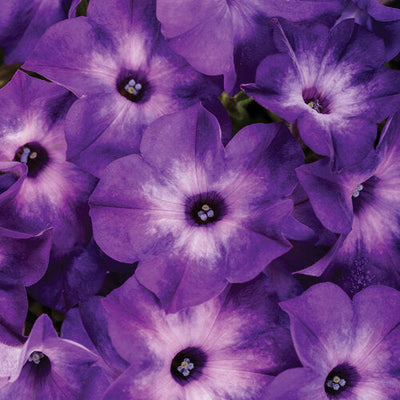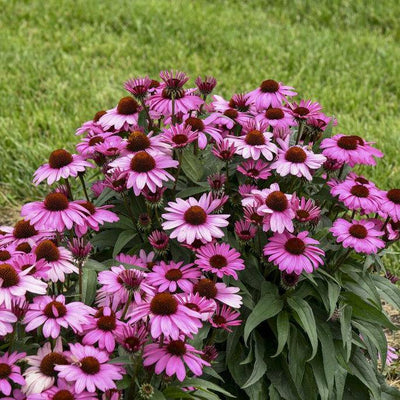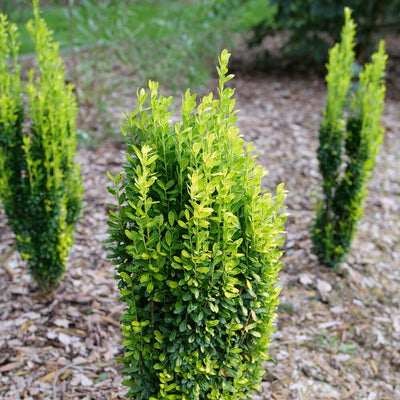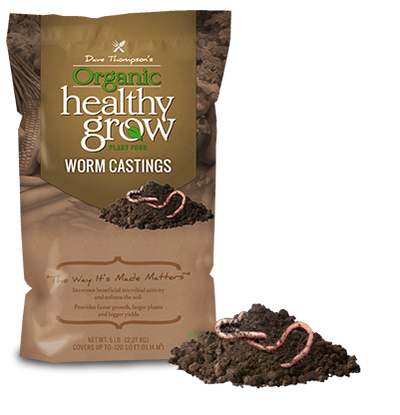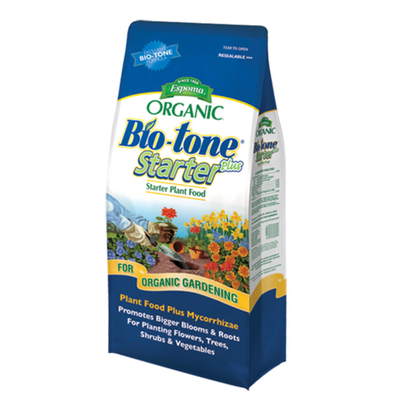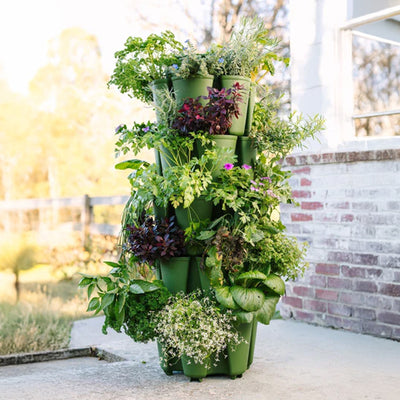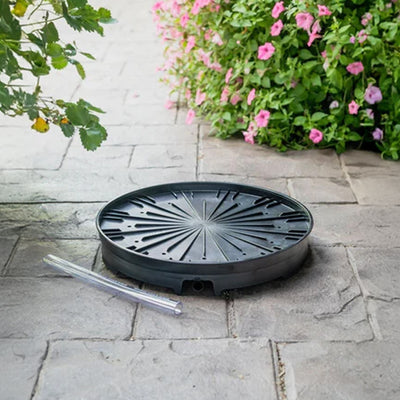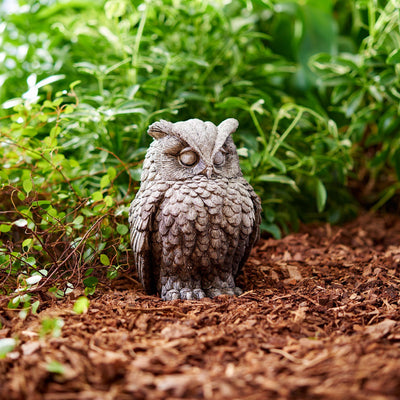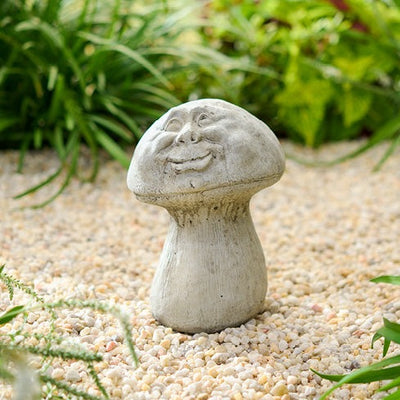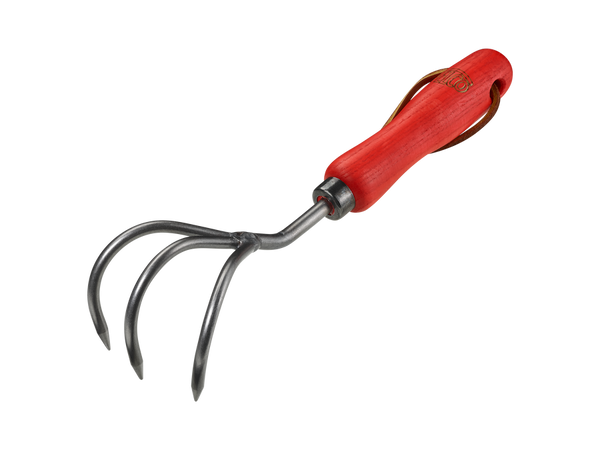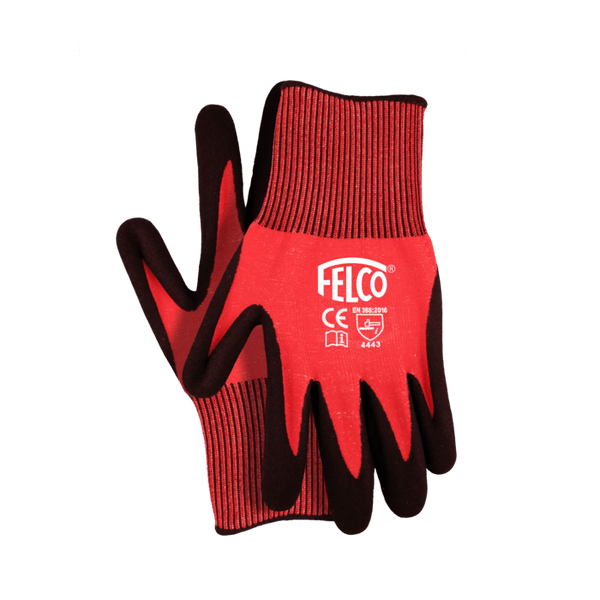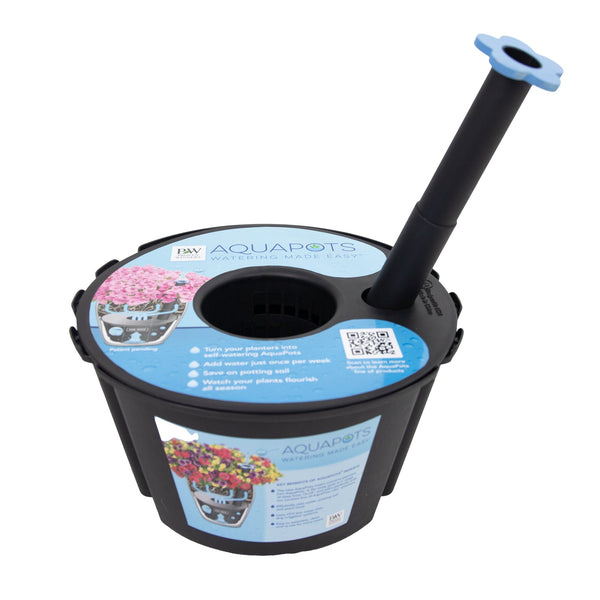Graceful Grasses® Queen Tut™ Dwarf Papyrus | Proven Winners®
Proven Winners is constantly working to refine and improve their offerings for the North American garden and to the nursery industry in using the best in new plant and production materials.

Features
Characteristics
Plant Needs
This fun grass-like plant is sure to grab attention where ever you use it. It is a unique thriller in container recipes. It is the smallest of our Papyrus and can be used in smaller combinations where other versions of the plant are too large. It is an excellent item for landscapes, where it can be used in a variety of applications. It's great when grown in a mass or when incorporated with other plants. It also works well at the edge of ponds or in water gardens.
- Award Winner
- Foliage Interest
- Deadheading Not Necessary
- Bog Plant
- Water Plant
Characteristics
Plant Needs
This fun grass-like plant is sure to grab attention where ever you use it. It is a unique thriller in container recipes. It is the smallest of our Papyrus and can be used in smaller combinations where other versions of the plant are too large. It is an excellent item for landscapes, where it can be used in a variety of applications. It's great when grown in a mass or when incorporated with other plants. It also works well at the edge of ponds or in water gardens.
- Award Winner
- Foliage Interest
- Deadheading Not Necessary
- Bog Plant
- Water Plant
